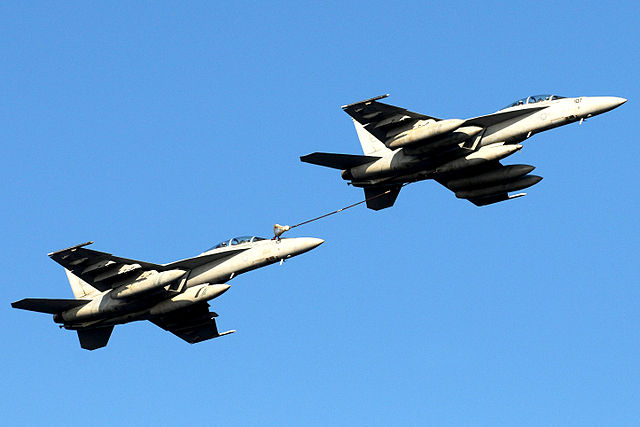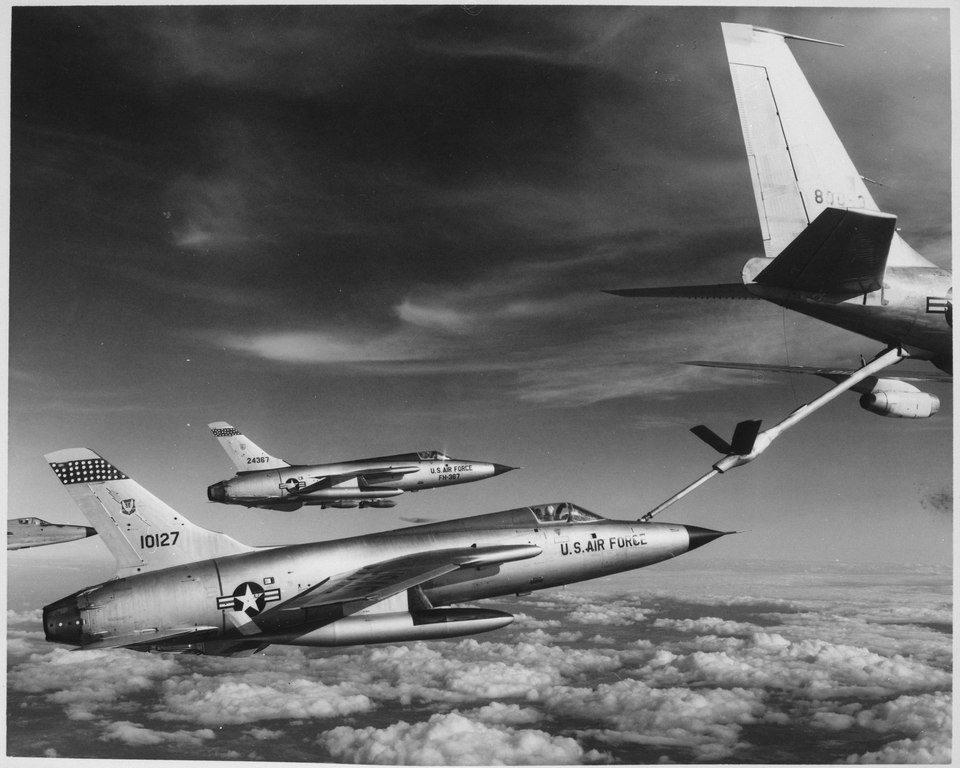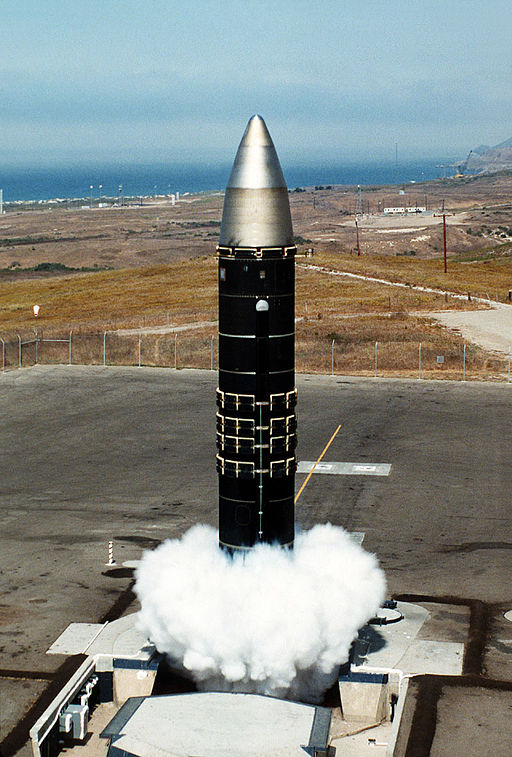In the fiercely competitive realm of fighter jets, the F/A-18E/F Super Hornet has sculpted its own niche, standing tall amongst its counterparts in the U.S. arsenal. To the uninformed eye, it might be just another powerful bird in the sky, but to those who understand the intricacies of aerospace engineering, it is a masterpiece of modern technology and innovation. Here, we explore eight technical marvels that underline why the Super Hornet is a marvel in the contemporary American fighter jet lineup.
1. Enhanced Survivability
The Super Hornet is equipped with an advanced suite of countermeasures that considerably enhance its survivability in hostile environments. Its Advanced Electronic Countermeasures (AECM) system is adept at identifying, tracking, and jamming incoming radar signals, giving it a substantial edge in evading enemy radar and missile lock-ons.
2. Aerodynamic Excellence
The Super Hornet boasts a meticulously crafted airframe that balances both agility and stealth. Its leading-edge extensions (LEX) allow for higher angles of attack and improved agility, characteristics that are further supplemented by the jet’s enlarged wing area and increased fuel capacity. This aerodynamic ingenuity translates into enhanced range and payload capabilities.
3. Advanced Cockpit System
The cockpit of the Super Hornet is a haven of modern technology. It houses a glass cockpit with touchscreen controls and a voice command system – an advancement that significantly reduces pilot workload and fosters a seamless man-machine interaction. The multifunctional informational distribution system (MIDS) facilitates secure and speedy data communication between allied forces.
4. Exceptional Radar Capabilities
Armed with the AN/APG-79 AESA radar, the Super Hornet can detect threats from significantly greater distances compared to older radar systems. Moreover, it is capable of tracking multiple targets simultaneously and offers a higher resistance to jamming, thereby enhancing the jet’s situational awareness and combat effectiveness.
5. Unrivaled Weapons Package
The Super Hornet comes equipped with an impressive arsenal of weapons, designed to cater to a wide spectrum of combat scenarios. Its 11 hardpoints can carry a mixture of air-to-air, air-to-ground, and anti-ship missiles, along with a variety of precision-guided munitions. This versatility allows the Super Hornet to effectively engage in both air superiority and ground attack missions.
6. Integrated Defensive Electronic Countermeasures (IDECM)
The IDECM system serves as a safeguard against anti-aircraft threats, capable of both detecting and countering incoming missiles. Equipped with both onboard and towed decoy systems, it can effectively divert radar-guided missiles away from the aircraft, thereby vastly enhancing the Super Hornet’s survivability in combat situations.
7. Enhanced Network-Centric Warfare Capabilities
The Super Hornet is at the forefront of network-centric warfare, a combat doctrine that leverages advanced communication networks to enhance situational awareness and coordination between units. Through the integration of systems like the Link 16 data link, it can share real-time battle information with other allied assets, fostering a cohesive and synergized combat approach.
8. Engineered for Carrier Operations
Designed with carrier operations in mind, the Super Hornet incorporates several features that facilitate seamless operations from aircraft carriers. It boasts highly durable landing gear and tailhooks, along with advanced catapult launch and arresting gear systems, making it a vital asset in the naval aviation sphere.
The F/A-18E/F Super Hornet is a testament to the strides made in modern aerospace engineering. Its amalgamation of advanced radar capabilities, superior aerodynamics, and state-of-the-art cockpit systems set it apart in a class crowded with high-performing jets. This formidable aircraft continues to underline its importance in the U.S. military’s aerial fleet, showcasing an intricate blend of power, agility, and technological sophistication. For the discerning eye, it stands as a beacon of innovation and a symbol of the pinnacle of modern aviation engineering.



